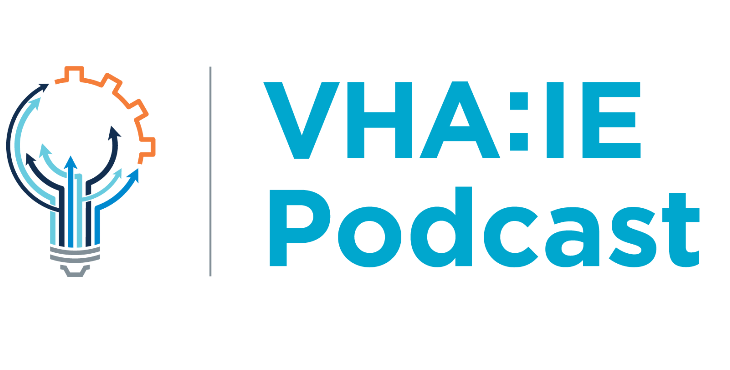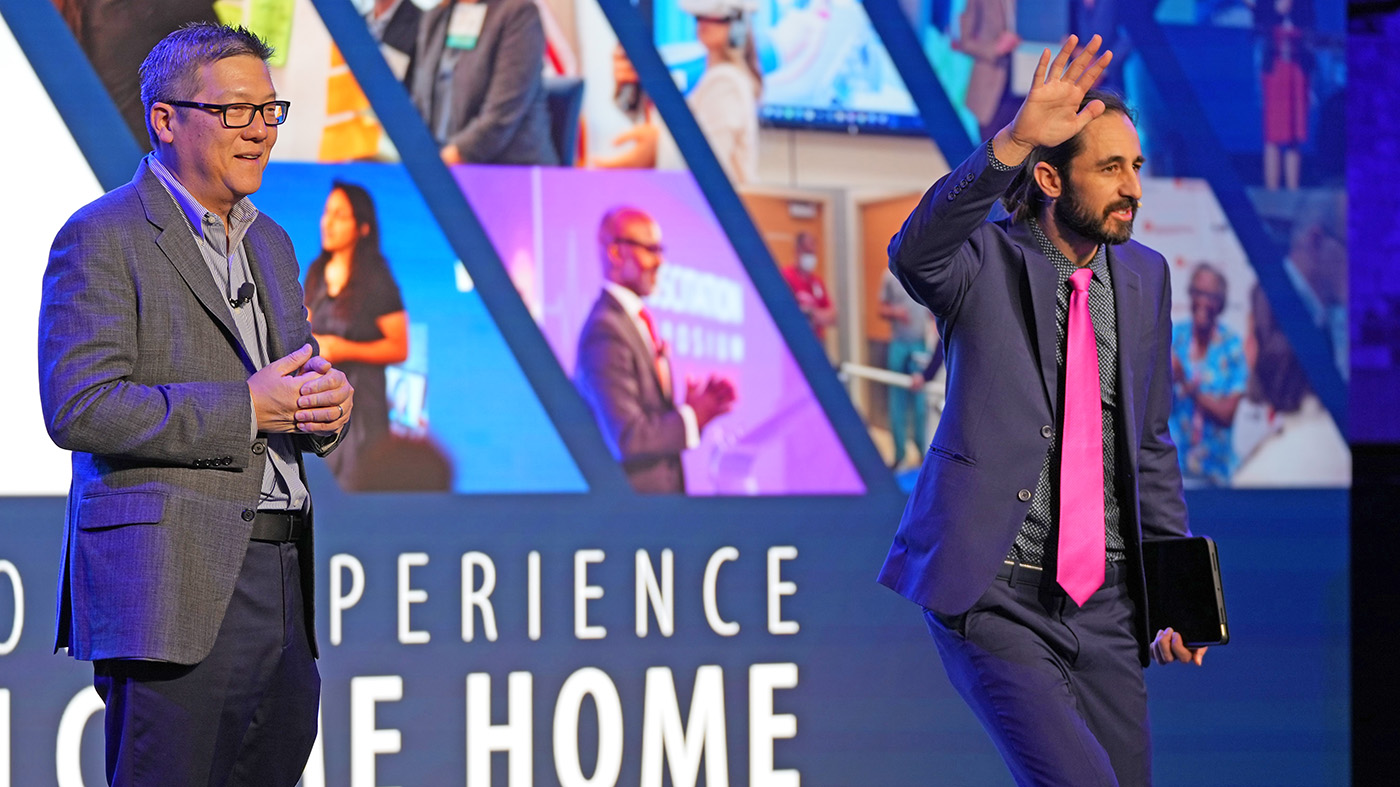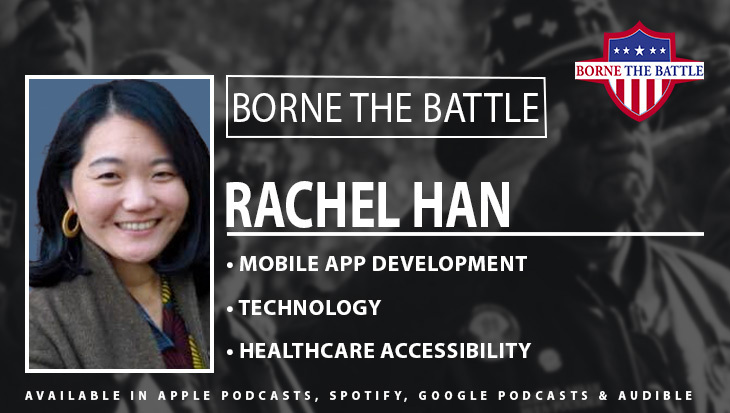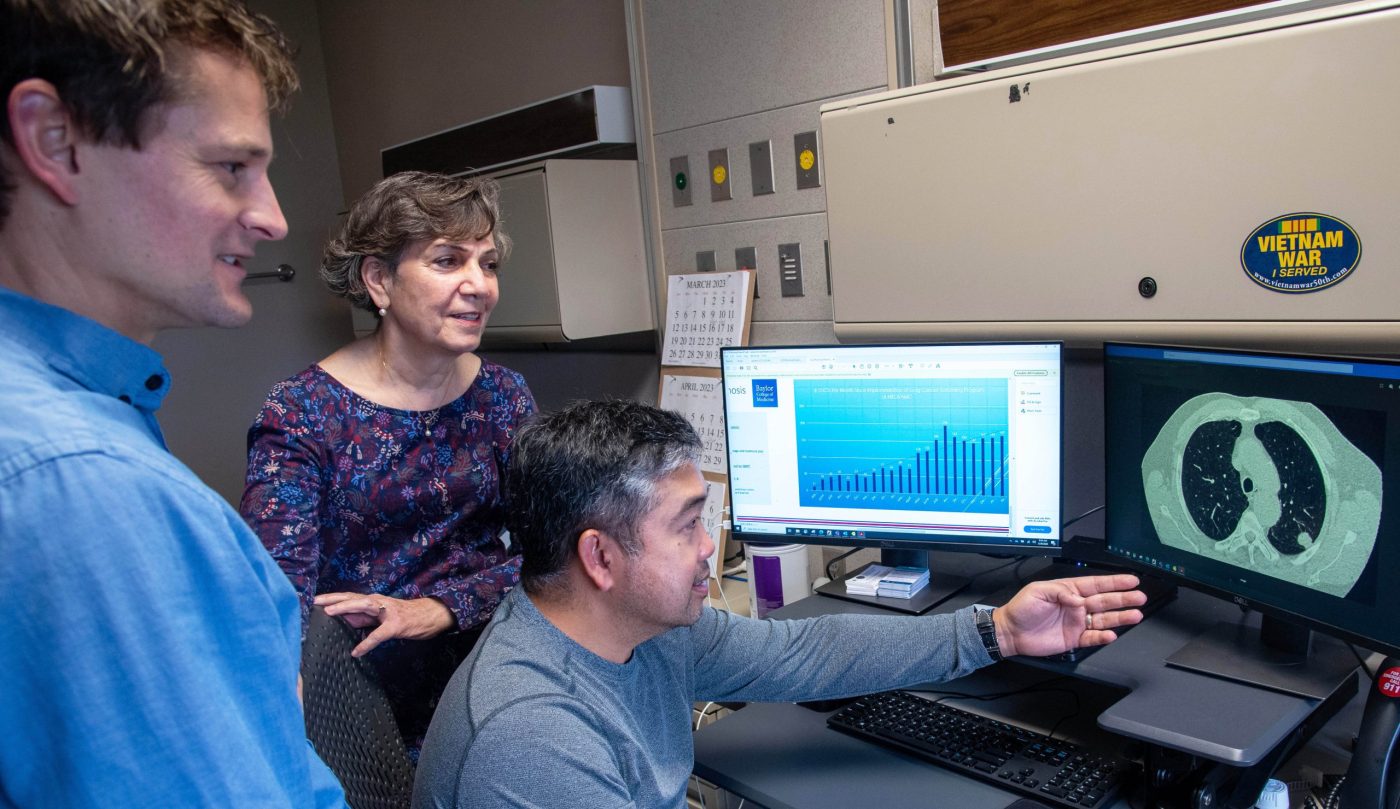VHA’s innovation podcast, VHA Innovation Ecosystem (VHA:IE), is back with a brand new episode. This time, the series is looking at the ways VA is advancing Veteran care by using 3D printing in innovative and cutting-edge ways. Through interviews with three 3D printing programs at VA, the episode explores how this growing technology is changing the way VA and the health care industry function, from giving surgeons new ways to prepare for surgery to creating brand new orthotics for disabled Veterans.
The episode kicks off with a look at 3D Printing as Art Therapy, a practice that brings 3D printing into the world of recreational therapy. The program started at the White River Junction VA Medical Center as part of VA Innovator Network’s Spark-Seed-Spread Innovation Investment Program. Innovation Specialist Brynn Cole and recreational therapist Brooke Robinson explain how, through this program, Veterans can create and print their own works of art. In addition to the normal benefits of art therapy, introducing Veterans to 3D printing allows them to gain technical and vocational expertise.
Following this, you’ll hear about the 3D Printing for Presurgical Planning program, which uses 3D printing to better prepare surgeons for surgery. In this program, surgeons can interact with 3D versions of a Veteran’s internal organs before operating, which allows them to better plan the surgery and anticipate and prepare for any issues. Innovation Specialist Dr. Beth Ripley and Occupational Therapy Hand Specialist Mary Brownell-Matthews of VA Puget Sound Health Care System discuss the resistance they found when trying to establish this technology in their facility, and how they succeeded in winning over skeptics.
In the third part of the show, Innovation Specialist Scott Bryant discusses VHA’s growing 3D printing network and efforts across VA to share and collaborate on 3D printing projects. By doing this, VA can easily share 3D printed models across the system so less expensive, high quality, quickly produced prosthetics and tools can be used by any hospital. The program has been so successful that the Department of Defense is collaborating with VA to see how a network like this can help the military as well.
Rounding out the episode is a discussion with an incredible non-profit, e-NABLE, and its founder, Jen Owen. Much like VA’s own 3D printing network, this program enables creators around the world to share their 3D printed models publicly and easily so that anyone can use them. Through their efforts, people around the world have collaborated on ways to help improve open source 3D printable designs for hands and arms for those who were born missing fingers or who have lost them due to war, disease or natural disaster.
We hope you’ll join us for this episode, and please remember to subscribe and leave a review. You can find VHA:IE on any of the platforms below.
iTunes: https://apple.co/2Ew30hA
Google Play: https://play.google.com/music/m/Irsifznrjkaz563cw6kuwapx6kq?t=VAIE
SoundCloud: https://soundcloud.com/vaie_podcast
YouTube: http://bit.ly/2t0T3GI
The VHA:IE podcast is dedicated to discussing and promoting the groundbreaking work being done across VA to advance our care and support of Veterans. Each episode, we will discuss a specific challenge that VA is facing, and how front-line employees and Veterans themselves are taking innovative steps to tackle these challenges. It also discusses these efforts on a broader scale with private sector organizations and individuals who are working in the same sphere.
Topics in this story
More Stories
The 2023 Innovation Experience showcases the best of VA innovation and the impact of VA employees advancing Veteran care.
On this week's episode of Borne the Battle, host Pablo Meza spoke with Rachel Han from VA's mobile app team, who shared how VA is using apps as a digital bridge connecting Veterans to VA's benefits and services.
Less than two years in, an innovative lung cancer screening […]






